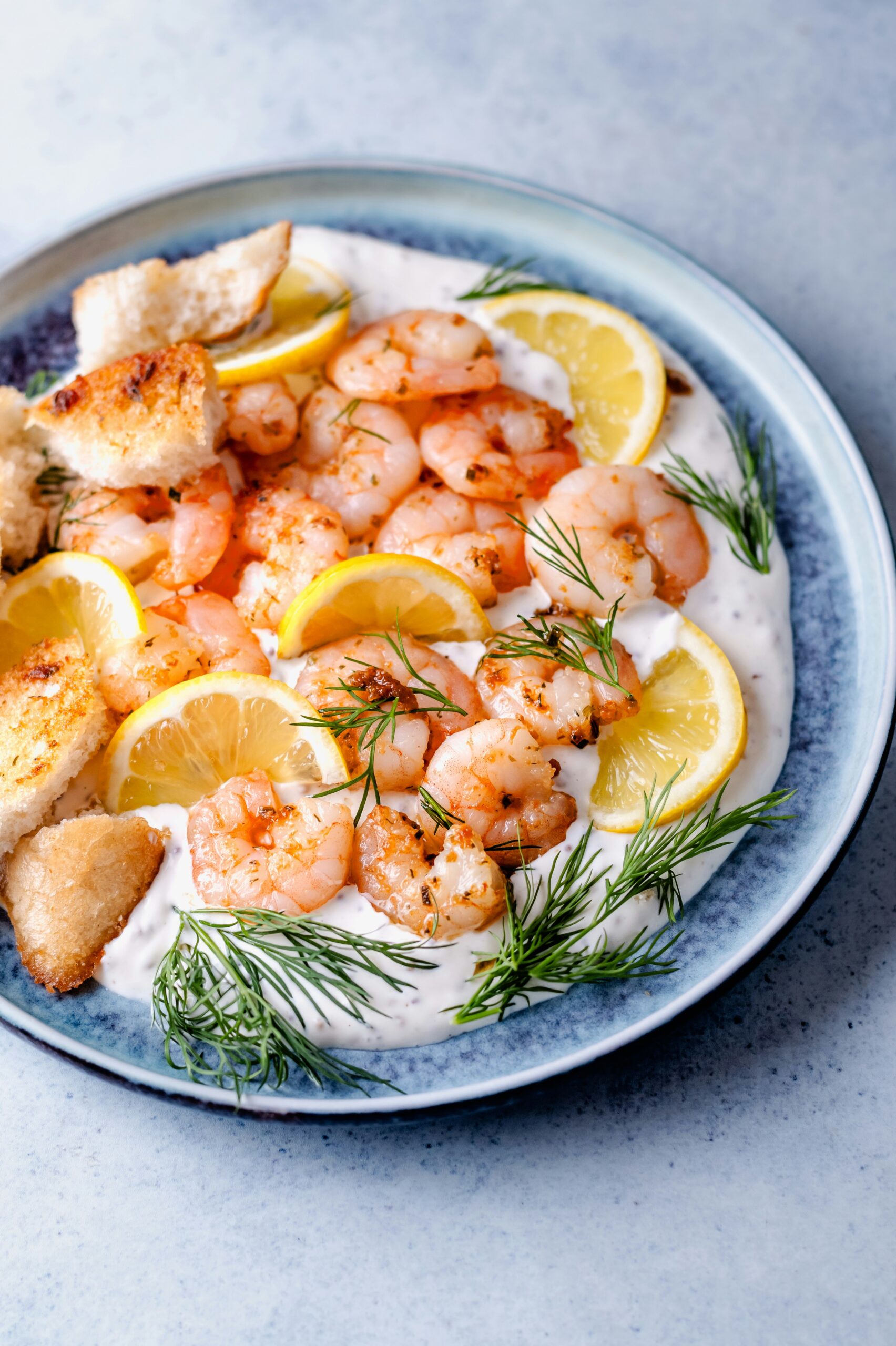
Sustainable Seafood Choices: A Guide to Responsible Consumption
Navigating the world of seafood can be a daunting task, especially when you’re trying to make choices that are both delicious and environmentally responsible. ‘Sustainable Seafood Choices: A Guide to Responsible Consumption’ aims to shed light on how you can enjoy seafood while also supporting the health of our oceans.
Choosing sustainable seafood is more crucial than ever as overfishing and environmental degradation continue to threaten marine life. Sustainable seafood is sourced in ways that consider the long-term vitality of species and the well-being of the oceans.
Understanding Sustainable Seafood
Sustainable seafood refers to fish or shellfish that are caught or farmed in ways that have minimal impact on the environment. According to Marine Stewardship Council, sustainable practices help maintain fish populations and ecosystems, ensuring future generations can enjoy seafood too.
Why Sustainable Seafood Matters
An alarming study by the United Nations Food and Agriculture Organization states that nearly 90% of the world’s fish stocks are fully exploited, overexploited, or depleted. Sustainable seafood practices help combat this by promoting responsible fishing that doesn’t deplete resources.
Expert Perspectives
Dr. Sylvia Earle, a renowned marine biologist, emphasizes, “We must care for the ocean as if our lives depend on it—because they do.”
Experts agree that sustainability is key to preserving marine biodiversity and supporting the livelihoods of those who depend on fishing.
How to Identify Sustainable Seafood
- Look for certification labels from reputable organizations like the Marine Stewardship Council (MSC).
- Choose local and seasonal seafood to reduce your carbon footprint.
- Avoid endangered species and opt for fish that are more abundant.
| Seafood Type | Sustainable Choice | Avoid |
|---|---|---|
| Salmon | Wild Alaskan | Farmed Atlantic |
| Tuna | Pole-Caught Skipjack | Bluefin |
| Shrimp | US Farmed | Imported Wild |
| Cod | Pacific | Atlantic |
| Crab | Alaskan King | Imported Blue |
| Oysters | Farmed | None |
| Lobster | Maine | Spiny (Imported) |
| Sardines | Pacific | None |
Actionable Tips for Seafood Lovers
Consider participating in community-supported fisheries (CSFs) where you can get fresh, sustainably sourced seafood directly from local fishermen. This not only supports local economies but also ensures you get some of the freshest seafood available.
Check apps like Seafood Watch, which provide up-to-date recommendations on sustainable choices based on your location.
Personal Journey to Sustainable Eating
Several years ago, I was introduced to a local fisherman who shared his insights into sustainable fishing. Listening to his experiences inspired me to become more conscious of my seafood choices, opting for local and responsibly sourced options.
FAQs About Sustainable Seafood
What is the difference between wild-caught and farmed fish?
Wild-caught fish are taken from their natural habitats, while farmed fish are raised in controlled environments. Both can be sustainable if managed properly.
Why is certification important?
Certification ensures that the seafood has been sourced according to strict environmental and ethical standards.
How often should I eat seafood?
Moderation is key. Enjoy a variety of seafood options a few times a week to maintain a healthy diet without over-relying on one species.
Conclusion: Making a Difference
By choosing sustainable seafood, you can help protect the oceans while enjoying delicious meals. Educate yourself, ask questions, and be proactive in your food choices. Each small step contributes to a healthier planet.
For more information, visit organizations dedicated to sustainable seafood, such as Seafood Watch and Marine Stewardship Council.


